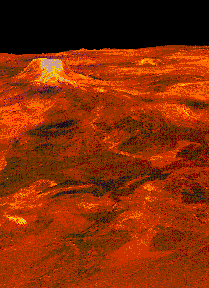This is an example of Venus volcanism.
Click on image for full size
NASA/JPL
Volcanic Rises
Volcanic rises are more like islands than a continents. They are broad, sloping highlands over 1000 km across. Measurements suggest that there is hot magma deep beneath these rises that helps to buoy them up and support their mountains, as shown in this picture.
There are three particular types of volcanic rises:
-
Rift-Dominated Rises
-
These are rises that contain two or more deep rift valleys. Atla Regio and Beta Regio
are rift-dominated rises.
- Volcano-Dominated Rises
-
These rises contain one or more large
shield volcanoes. Western Eistla Regio and Imdr Regio are
volcano-dominated rises.
- Corona-Dominated Rises
-
These rises lack large rift valleys, like volcano-dominated rises. But
instead of being dominated by shield volcanoes, their surfaces are
dominated by coronae. Corona-dominated rises include Eastern Eistla
Regio and Themis Regio.
You might also be interested in:
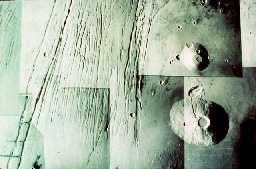
During its earliest history, Mars was bombarded with asteroid-like boulders leftover from the formation of Mars. The impacts of these boulders caused the surface of Mars to become warm enough for continents
...more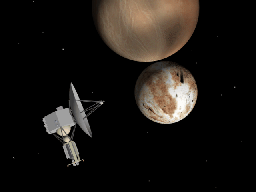
AU stands for Astronomical Units. It is a useful way to measure the distances in interplanetary space. It is the distance between the Earth and the Sun, which is about 93 million miles. For reference,
...more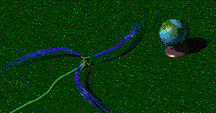
The solar wind is formed as the Sun's top layer blows off into space, carrying magnetic fields still attached to the Sun. Gusts form in the solar wind associated with violent events on the Sun. Particles
...more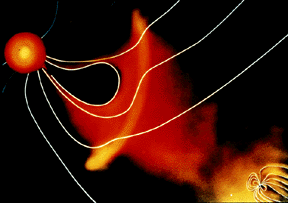
For a planet to be affected by a blob of material being ejected by the sun, the planet must be in the path of the blob, as shown in this picture. The Earth and its magnetosphere are shown in the bottom
...more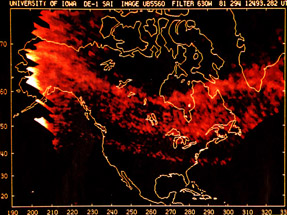
The aurora we are most familiar with is the polar aurora. This is what people are talking about when they say the northern or southern lights. But there are other less-known aurora, such as SAR arcs.
...more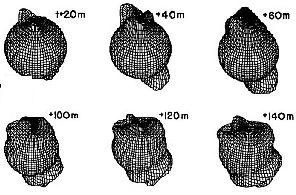
This figure shows the effect of the aurora on the atmosphere. When FAC's enter the atmosphere and create the aurora, they heat the atmosphere suddenly and abruptly. This creates an impulse which travels
...more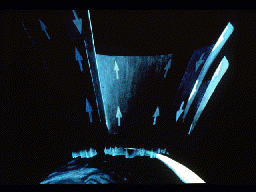
This picture shows the flowing of particles into and out of the auroral zone, as Field-Aligned currents (FAC's) take at short-cut through the atmosphere. Some of the particles entering the auroral zone
...more


